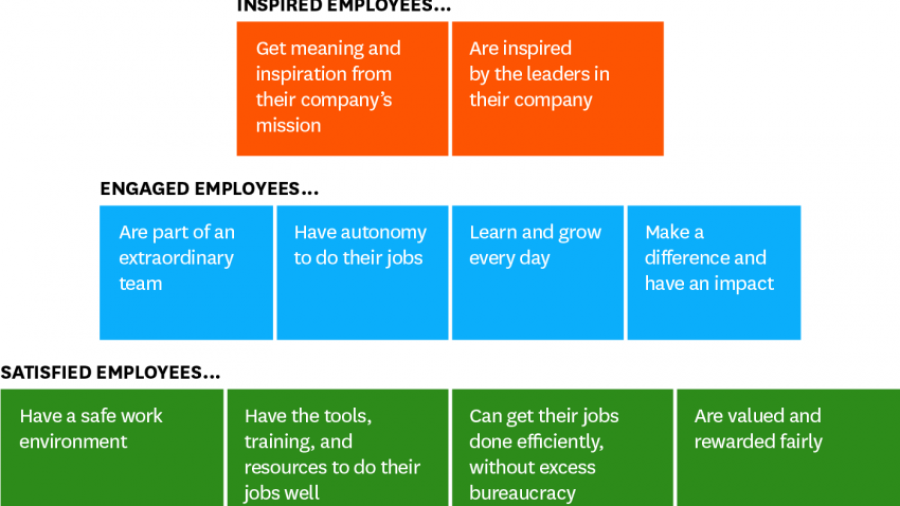Several years ago, I had direct reports in Nepal, Malawi, Mali, Senegal, Haiti and Nicaragua. While I was excited at the prospect of visiting each of them throughout the year and experiencing their countries, I was at first nervous about building a relationship. I would spend maybe three weeks, tops, with them annually and worried: Will they be offended I don’t speak their language? Will it be difficult to communicate? How will I be able to tell if they’re performing well? Will they respect me as a leader?
Turns out I had nothing to worry about. To build individual relationships, I quickly initiated weekly Skype calls during their business day – I often started my work day very early – to establish that mutual respect and understanding type culture that I wanted to promote. I asked a lot of questions in those initial calls and listened more than I talked – I wanted to learn everything I could about not only their work processes and activities but their culture, families and aspirations. While we Americans often cut the small talk and dive right into business, my colleagues in Mali asked about each member of my family (including the dog!) every time we chatted. Being patient, giving him space for this cultural norm and then asking about his family connected us on a deeper level than just discussing the budget.

Once I had an employee in Nicaragua resign for a higher paying opportunity elsewhere. I knew we needed to fill the position quickly but I already had other trips planned and couldn’t make it to Nicaragua for a couple months. I had to build the team from afar! I enlisted the help of other in-country staff to post the job description locally, then reviewed resumes and spent hours on Skype with potential candidates. I narrowed it down to my top three candidates then passed them on to the in-country program team to interview in-person. They shared their recommendations and I made a final decision, sight (almost) unseen. That candidate, many years later, is still a key player in the organization, which goes to show it can be done!

Finally, how do you connect a global team to each other? I wanted my team to know each other, despite their geographical differences, in order to share best practices and connect with the organization on a deeper level. I eventually figured out how to connect six different time zones into a common meeting time without making anyone be awake in the middle of the night. We talked about big picture ideas: organizational strategy, best practices for internal audits, ideas for a better budgeting process. I included all of the team in my communications and encouraged them to share ideas with each other. As the organization grew, a few of them were even able to meet each other in person at international events.
It is challenging to build a high-functioning global team, but a wonderful opportunity! If you are willing to put in the extra effort and perhaps some early mornings, to effectively connect many different people, cultures, time zones, working styles and ideas, you will reap massive benefits.
Diversity and inclusion at its best!




























